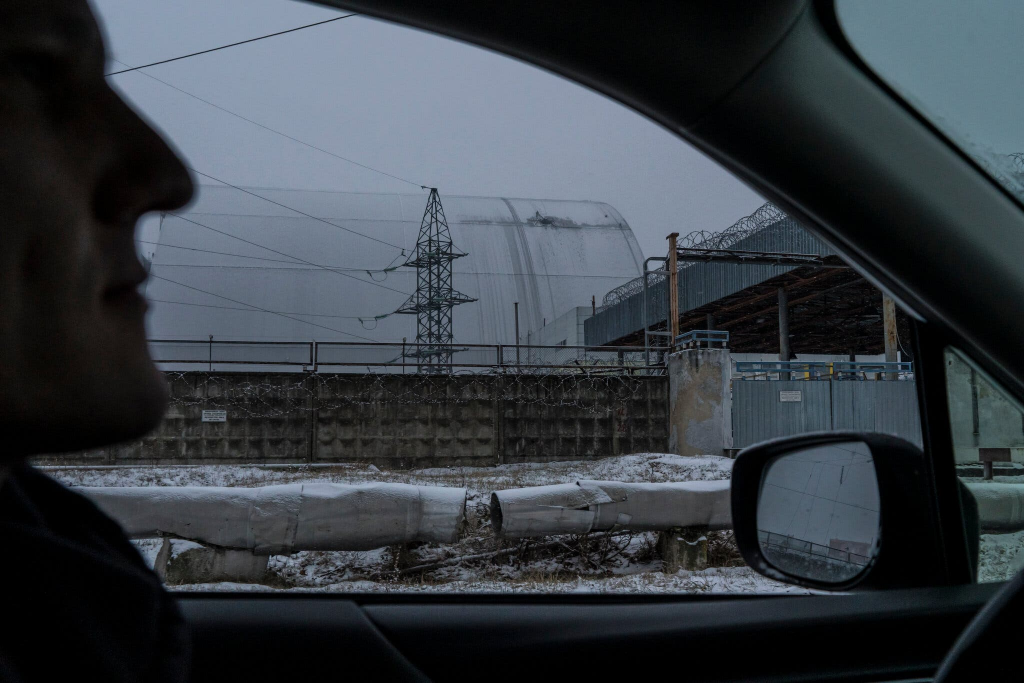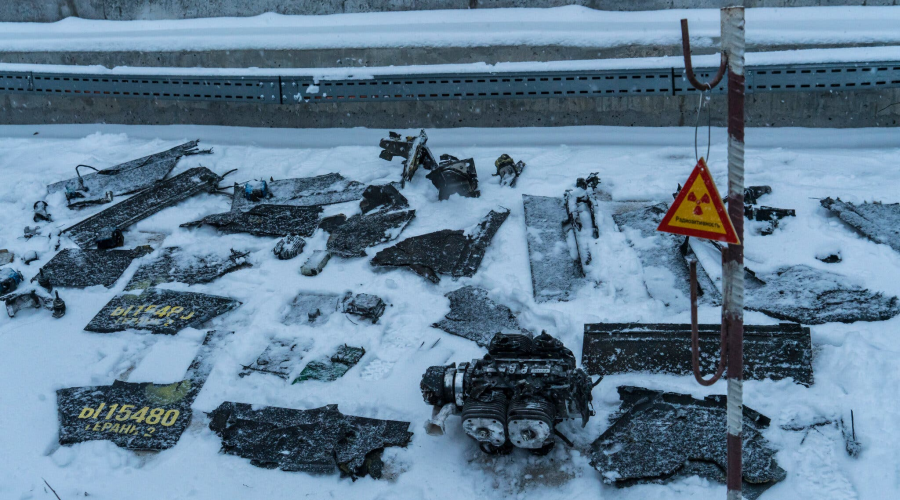Eric Schmieman spent 15 years working on a major engineering project, creating a large protective shield for the damaged reactor at Chernobyl. This shield was designed to protect the world from further fallout after the nuclear disaster. The steel structure, which was slid into place over Reactor No. 4 in 2016, is the world’s largest movable structure. It stands as tall as a football field and weighs almost 40,000 tons, and over 45 countries and organizations contributed almost $1.7 billion to its construction.
“We did extensive safety analysis, considering various potential disasters,” said Schmieman, a retired civil engineer. “We considered earthquakes, tornadoes, strong winds, extreme snowfalls, and many other scenarios, but we didn’t consider acts of war.” On February 14, a drone carrying a high-explosive warhead, likely costing around $20,000 to make, struck a hole in the steel shield. Ukrainian officials accused Russia of deliberately targeting the structure with a Shahed 136 drone, although the Kremlin denied responsibility.
While the initial fire was quickly extinguished, a waterproof membrane inside the insulation of the arch burned and smoldered for nearly three weeks, said Artem Siryi, head of operations for the New Safe Confinement structure. Emergency responders had to climb into the shield, create holes in the outer layer, and spray water to extinguish the fire, which was inside a structure designed to remain dry to avoid corrosion.
By March 7, Ukraine declared the fire fully extinguished, but about half of the northern section of the shield was damaged. The International Atomic Energy Agency (IAEA) confirmed extensive damage, including to the northern and southern parts of the roof.
Radiation levels outside Chernobyl remain normal, according to both the IAEA and Ukrainian nuclear regulators, but the extent of the necessary repairs and how long they will take remains unclear. Repairs could take years, delaying plans to dismantle the damaged reactor and safely dispose of radioactive waste, which was supposed to start in the next five years. There is also concern that the steel shell may begin to corrode or that the Soviet-era “sarcophagus” around the reactor could deteriorate further.

“The reason the international community invested so much in building this structure is because of the radiological risks inside,” said Shaun Burnie, a nuclear specialist at Greenpeace. “Now, the Russians have compromised it both physically and symbolically.”
Greenpeace recently published a report saying the drone attack has severely disrupted plans for the reactor and compromised the shell’s functionality. It may even need to be removed and replaced. Both Schmieman and Siryi share this view, with the IAEA confirming that the shell’s confinement function has been compromised and requires significant repairs.
Both Russia and Ukraine have targeted each other’s energy infrastructure since Russia’s invasion of Ukraine in February 2022, but major strikes on nuclear power plants have been avoided. Recently, President Trump suggested that the United States might take control of Ukraine’s nuclear and electrical infrastructure to ensure protection.
Drones continue to fly over Chernobyl almost every night, often heading toward Kyiv, the capital. The Chernobyl disaster in 1986, which occurred during a tense period of nuclear rivalry between the Soviet Union and the United States, sent a radioactive plume across Europe, causing widespread health concerns and leading to questions about nuclear energy. In response, the Soviets built the initial sarcophagus around the reactor, which has become increasingly unstable over time.

The New Safe Confinement, which Schmieman helped design, is an engineering feat aimed at containing the reactor for 100 years. It was constructed about a third of a mile from the damaged reactor and then moved into place. The structure is about 40 feet thick, made of two steel shells with controlled humidity between them to prevent corrosion. The outer shell keeps out precipitation, while the inner shell contains radioactive dust.
The goal was to begin dismantling the sarcophagus and reactor in the next few years, but the drone attack has now made that timeline uncertain. Repairing the shield, particularly the 540-square-foot hole made by the drone, will be a challenge, especially given the high radiation levels inside. Experts say full restoration may not be possible and would likely cost hundreds of millions of dollars. Schmieman suggested covering the holes temporarily with a makeshift solution to reduce humidity, preventing further corrosion.

One potential solution could involve drones. Ukraine has rapidly advanced drone technology due to the war, and smaller drones may help assess and even assist in repairs to the shield.

